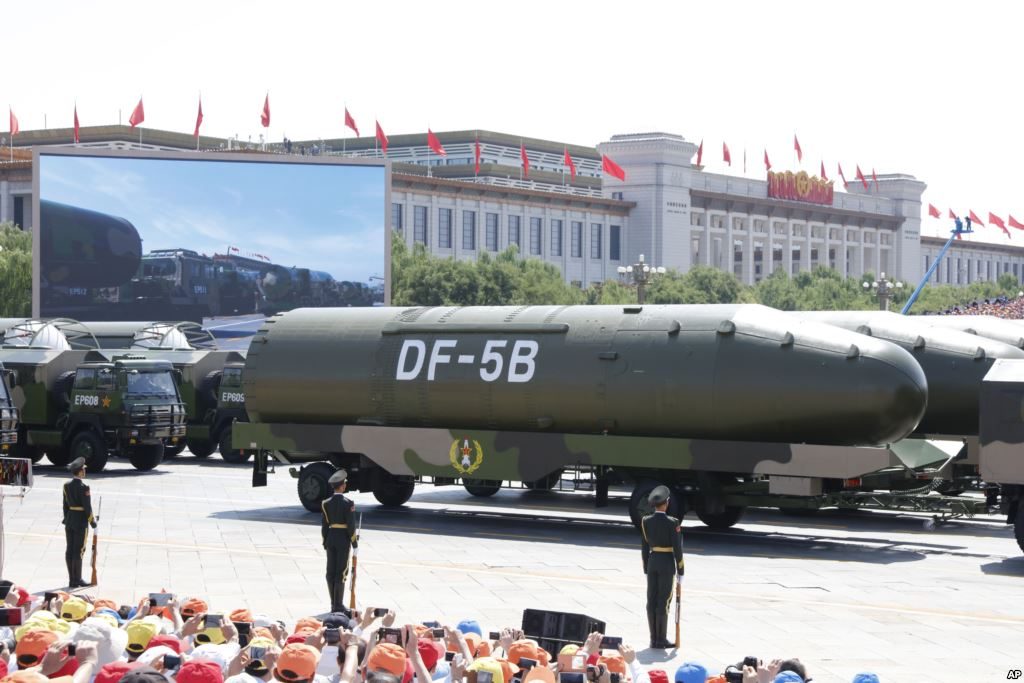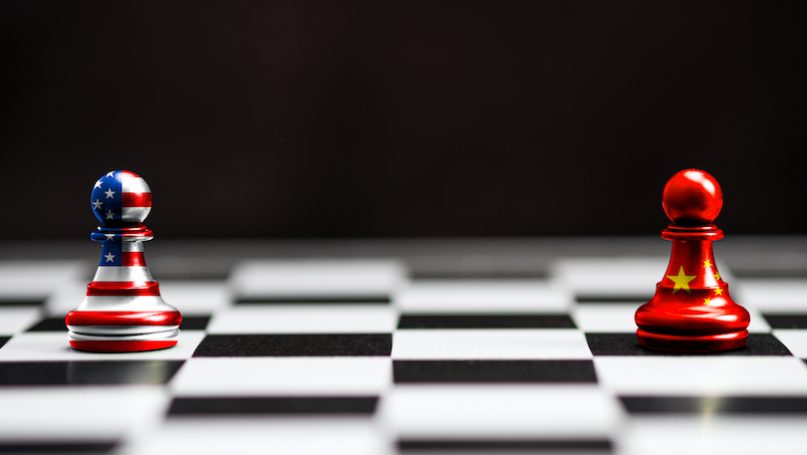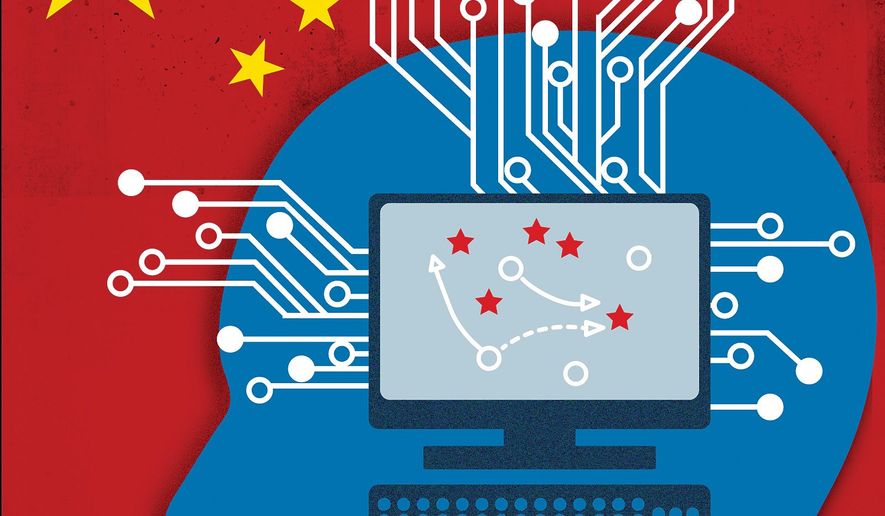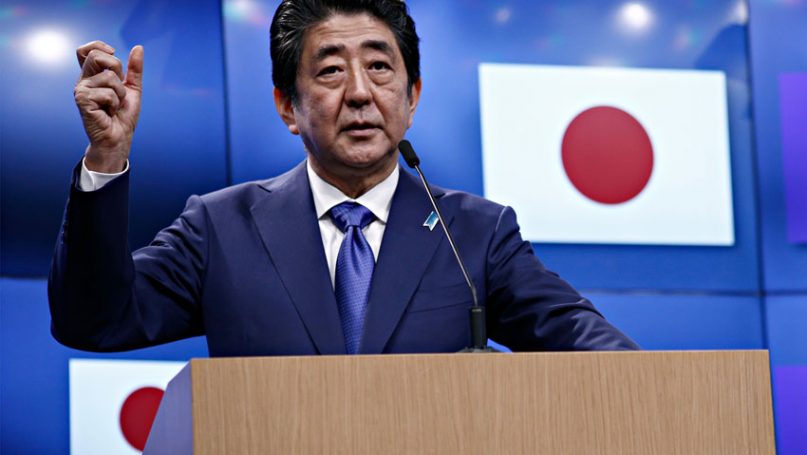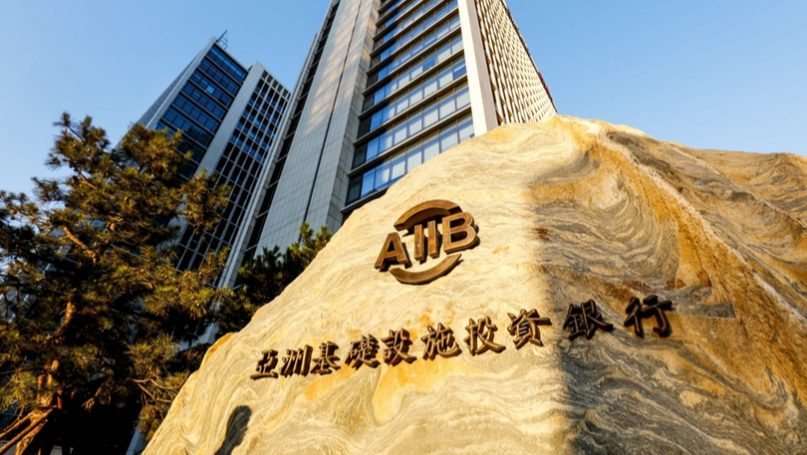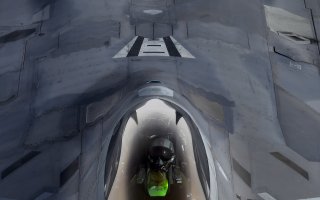By Sheetal Bhalerao
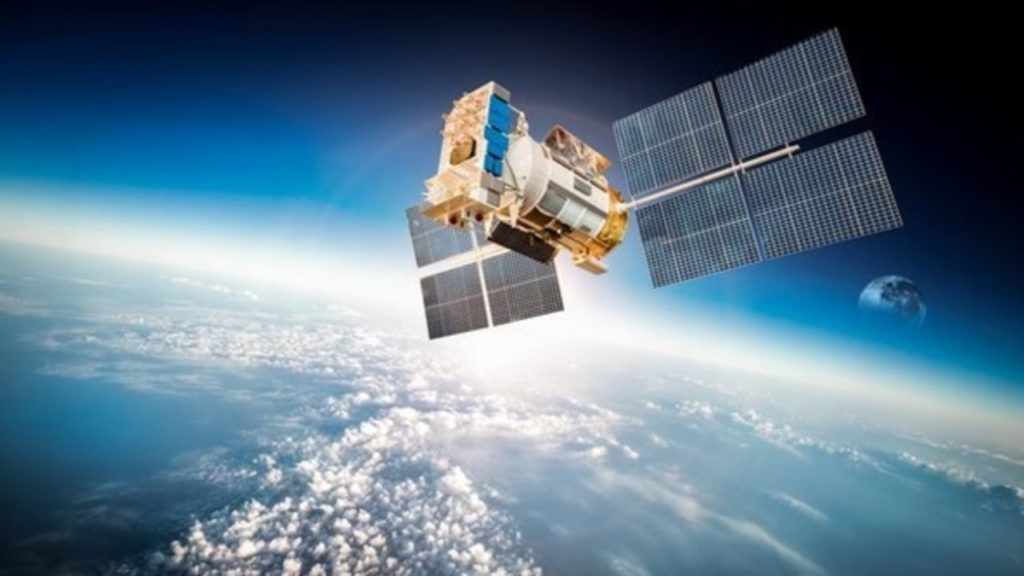
It seems that China is taking all the efforts to strike India from every front.
China has already carried out a series of cyber-attacks between 2007 to 2018 that also includes the computer attacks against Indian satellite communication in 2017, according to a new report by US-based China Aerospace Studies Institute (CASI).
CASI Report
Further, The 142-page report notes that China has carried out multiple cyber-attacks between 2012 and 2018.
So far, this report elaborates on the result only in one case.
The report points out a Chinese network-based computer attack on the Jet Propulsion Laboratory (JPL) In 2012.
It further says that the attack “allowed ‘full functional control’ over JPL networks.”
While listing out some of these attacks, the report quotes multiple sources.
Here CASI is a think-tank that basically supports the secretary, chief of staff of the US Air Force, the US chief of space operations, and other senior air and space leaders.
CASI is tasked to provide China’s space narrative among other things.



